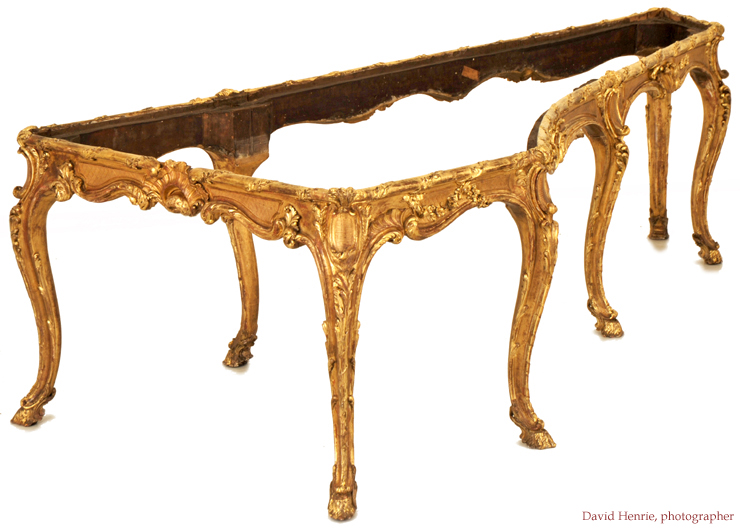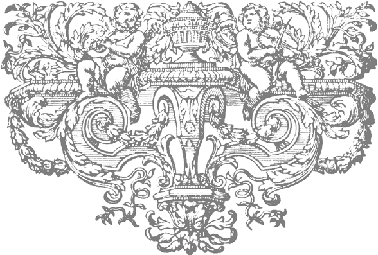![]()
A Franco-Flemish double-manual harpsichord,
![]()
The stand of
the Franco-Flemish harpsichord

This photograph shows the stunning stand underneath the
Franco-Flemish harpsichord. The escutcheons at the summit of the legs are
ribbed and framed with elegant foliate decoration. The cabriole legs have
elaborate goat feet (cabriole means 'to leap like a goat').
There are the usual scrollwork, scallops, foliate and flower decorations carved
and moulded
into the gesso, all of which are typical of the high French roccoco. The height of the stand is
greater than normal and raises the instrument into a slightly higher playing position
than is usual. This may have been done to accommodate the luxurious ladies
gowns and petticoats so that they could be seated normally while playing the
instrument. Visually the raised position makes the instrument look particularly striking
and imposing.
The stand is very fine and beautifully carved and gilded. Unlike the case of the instrument it has not been widened on the cheek side, and must therefore date to the compass extension of 1786 by Barberini and Hoffmann.
